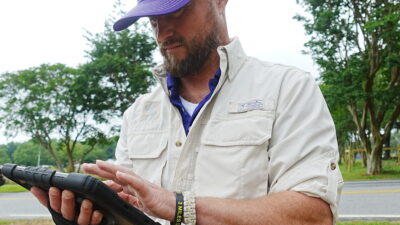Location intelligence has become a key component of modern communications network operation and management. As a service provider or network operator, you often ask questions that start with “where,” such as, “where are the ducts, pipes, conduits, circuits, switches, etc.?”
With legacy systems, this critical information on the locations, compositions, capacities, and conditions of network assets is often spread throughout the company. When engineers need data about any part of the network, they have to find the relevant sources and then interpret the records. Often the details are inaccurate or incomplete, resulting in costly field inspections before and during fieldwork. Migrating and consolidating all your data into one platform is valuable. Having all your information on one platform and displayed on maps is a must. As they say, a picture is worth a thousand words.
GIS allows you to replace those numerous spreadsheets and printed maps with one picture. With GIS, you have a digital model of the real world with detailed information about the location, material, and condition of the entire communications network infrastructure at the click of a mouse. You can use it to address your needs – from planning, designing, and building to managing, operating, and controlling network assets. This saves time and money.
Implementing a new system is not easy. It requires a company-wide commitment and resources. Should you move to a GIS-based platform or not? That’s the question. Sometimes we hear from companies who say they use workarounds and manage just fine. Why make a change? That would take investments of money, time, labor, training, etc. To help answer that question, we typically ask the following questions:
What are you lacking when using your legacy system?
- Do our daily tasks take a lot of time or manual effort? Do we keep losing our customers because of our delayed response to outages or service tickets? Do planning and design take twice as much time and capital as the industry average because we need to have frequent field inspections to verify/collect data? Do we lack a full view and understanding of our existing network infrastructure?
What do you wish you could do?
- Consider the tasks or projects you wish you could do. For example, perhaps you want to know where duct space is available. Maybe you would like to see how far your closest access point is for a new build. Or you’d like to understand which proposed FTTH build will bring the most ROI. All that and more can be visually presented on maps.
It makes sense to switch if you answer ‘yes’ to one or more of these questions or scenarios. By moving to GIS, your organization gains a competitive advantage that modernizes the way you operate and manage your networks. You will be able to get answers to your “where” questions and see them displayed in maps. That’s the real power. Why wait?
Explore GEOGRAPH’s solutions and services today and take the first step toward shaping a new era of network connectivity by strengthening your advanced communication networks.
To learn more,




